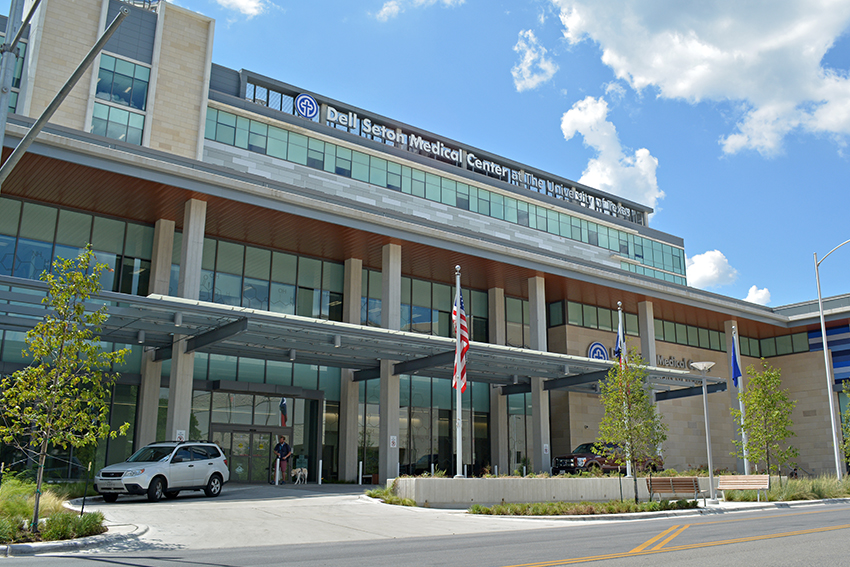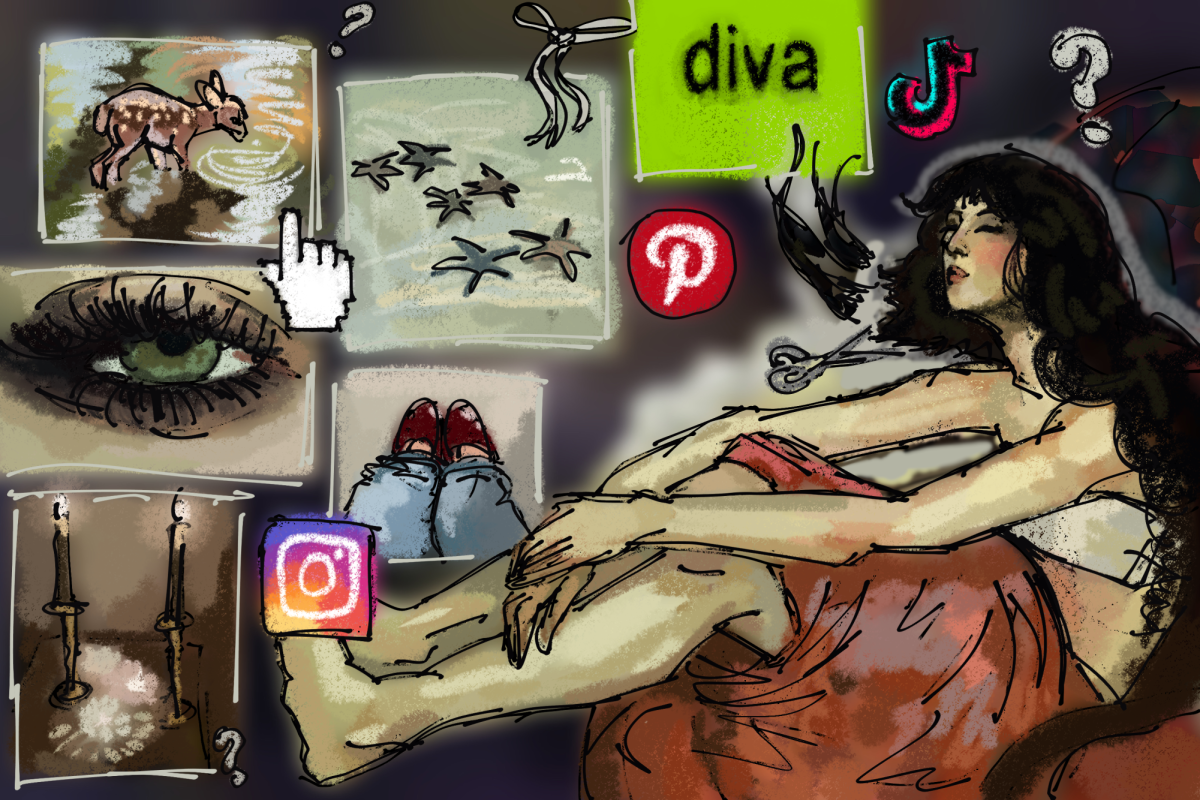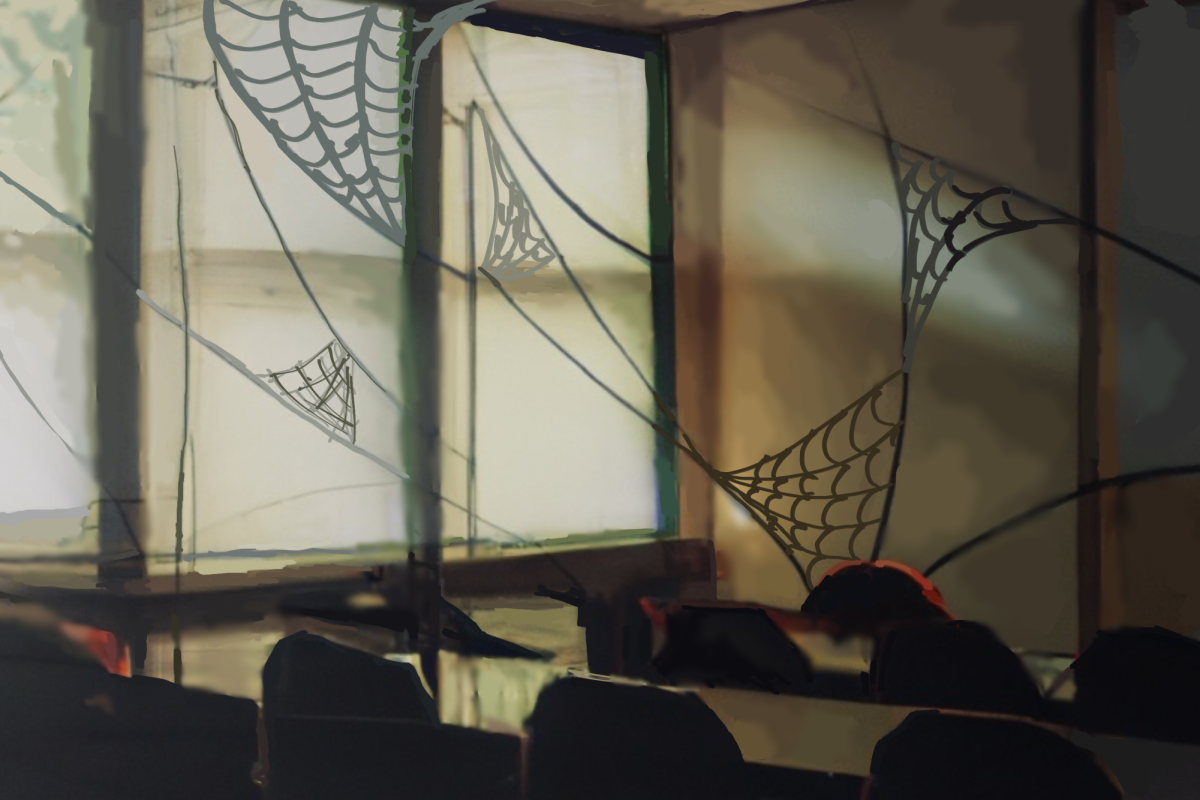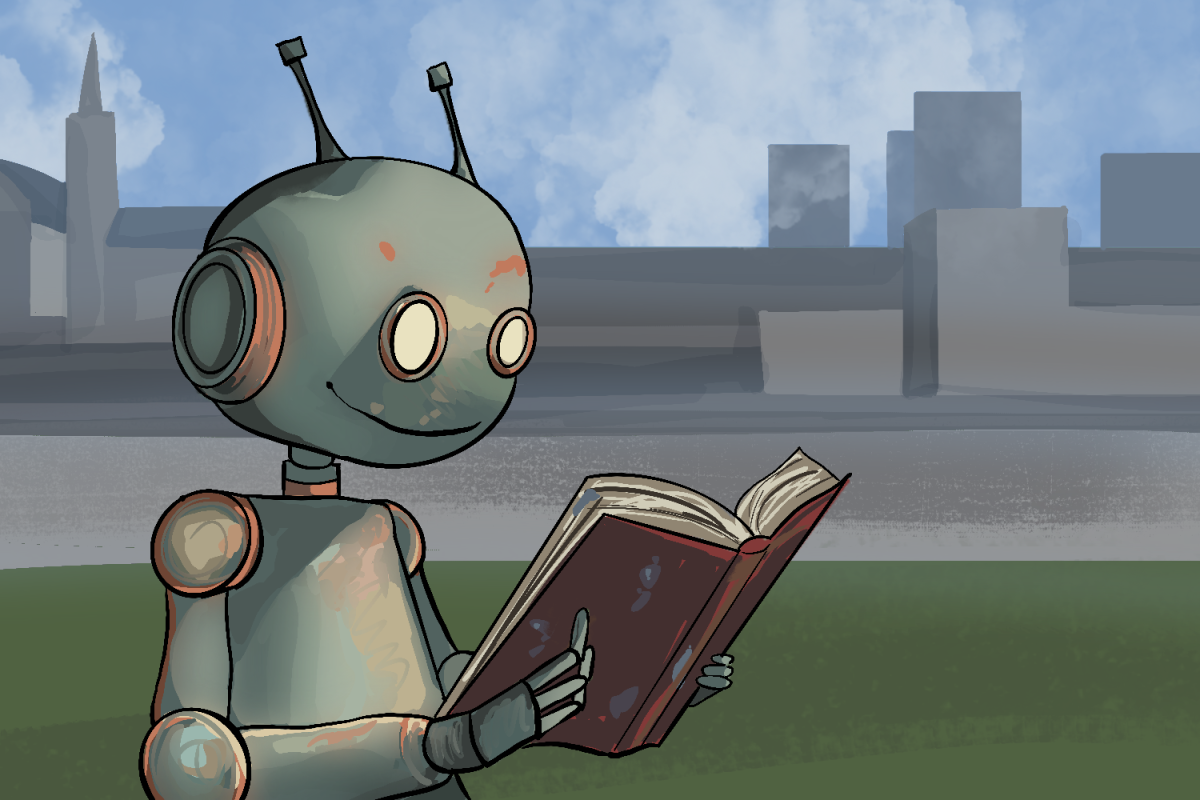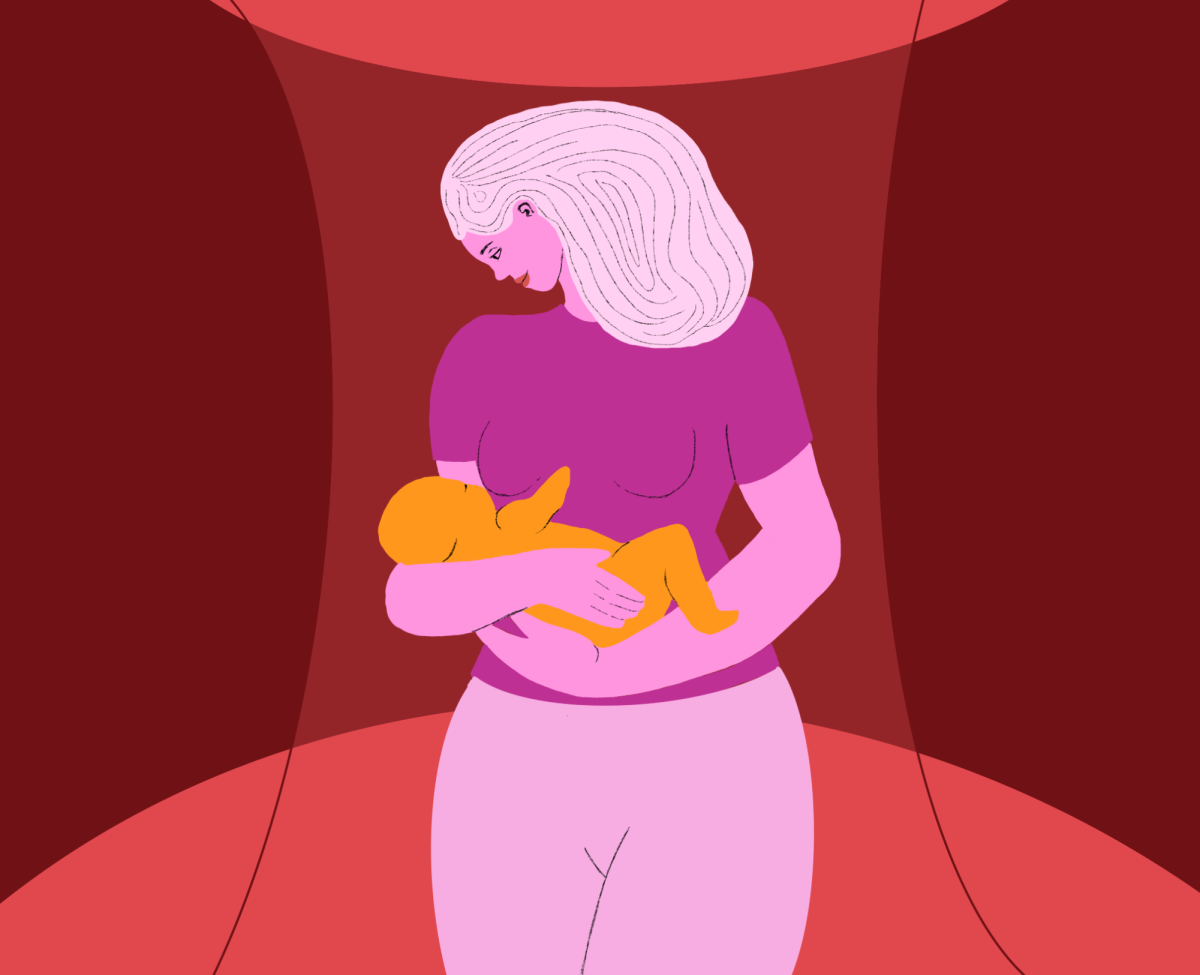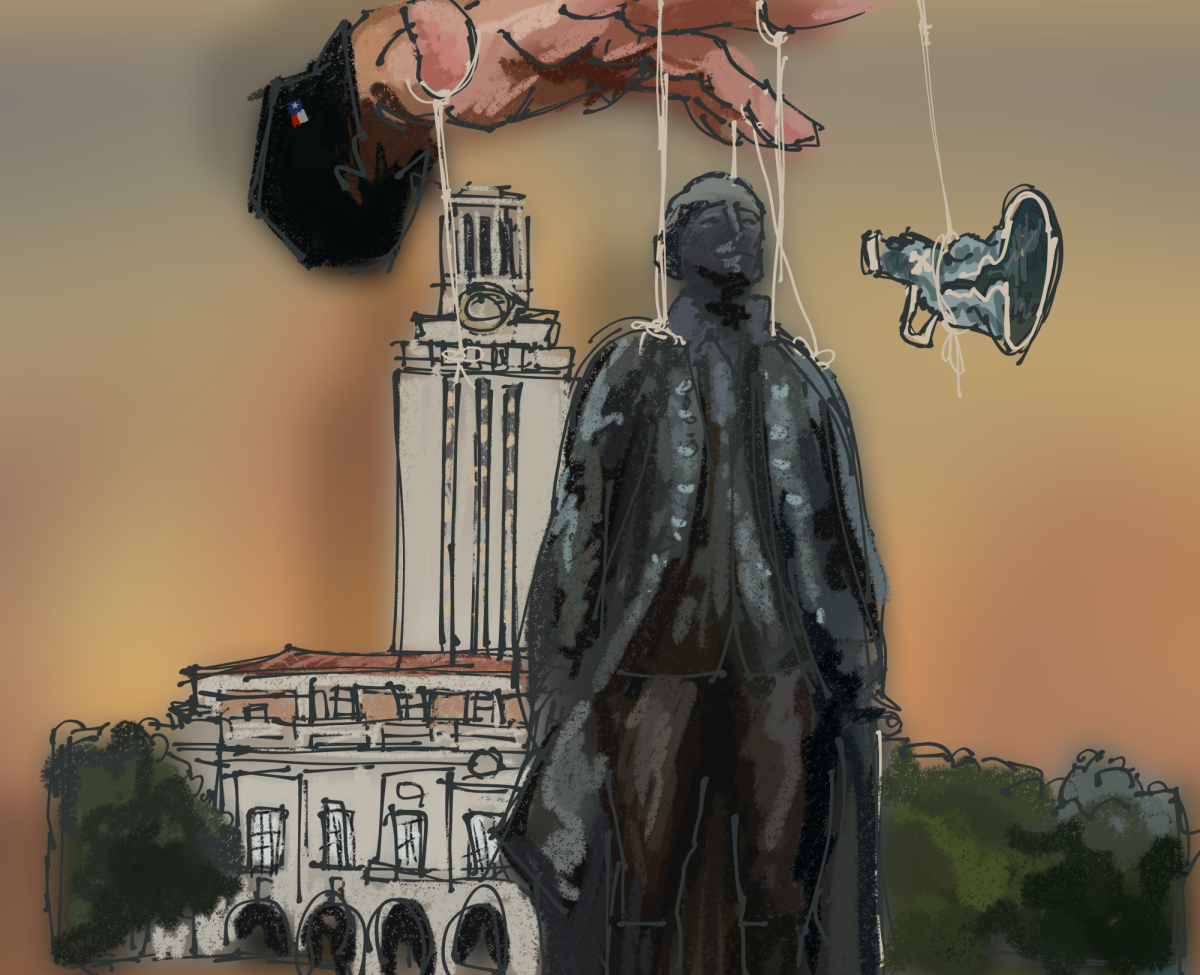Every pre-med student knows the big five: MCAT, GPA, Volunteering, Shadowing, Research. To support some of their most ambitious and driven students, universities do a tremendous job offering MCAT classes, tutoring, volunteering opportunities and hands-on research with professors. However, one thing they cannot offer their students is the opportunity to interface with a hospital environment.
If the medical industry wants better doctors, hospitals must take it upon themselves to offer these opportunities to their future employees.
Shadowing is a growing factor for medical school admissions. However, shadowing opportunities are difficult to obtain. Outside personal connections with physicians, it is a complicated process for students to find and contact physicians willing to take on a student to shadow them. Moreover, if this shadowing is taking place in a hospital rather than a clinic or other environment, a student may need to go through screenings before operating within the hospital. These limitations waste time and make an already intricate process even more difficult.
And many hospitals fail to offer shadowing programs at all. While most teaching hospitals tend to offer a formal shadowing program, private hospital networks often do not. For example, in the Austin area alone, Dell offers shadowing programs while St. David’s does not outside of some of their satellite locations.
In reality, shadowing programs themselves are not enough. They’ve become a checkmark on the rubric for medical school and pale in comparison to more hands-on shadowing programs.
As a response, some schools have begun to offer programs that facilitate onboarding at partner hospitals, and rotate their students between different specialties. Programs like SERV — offered through Texas Health Presbyterian — even gives students the opportunity to choose their specialties of interest. The doctors they follow allow students hands-on experiences beyond just silent observation. In addition, some of the roles the students play even allow them to help patients in a way similar to volunteering. Not only does this make students more knowledgeable about their field of interest and more competitive applicants, it also gives hospitals reliable helping hands and a better community presence.
The benefits of programs like SERV cannot be understated. Through such programs, students become more competitive applicants and begin to understand the details of the field they are so passionate for. Moreover, through such programs students might find other hospital positions outside practicing medicine that calls to them. It’s easy to extrapolate that students with stronger and more knowledgeable interests benefit medical schools through lower dropout rates and more passionate academic endeavours.
As Austin slowly becomes a hub for innovative medicine and biotechnology, its schools and hospitals should partner to form such programs that groom future medical professionals — because what starts here changes the world.
Batlanki is a neuroscience sophomore from Flower Mound. Follow him on Twitter @RohanBatlanki.

